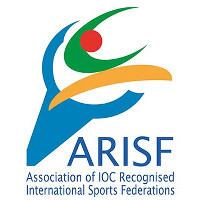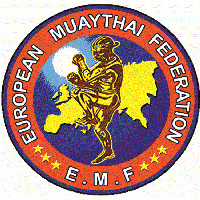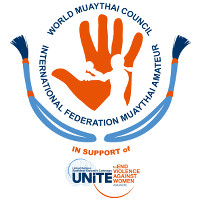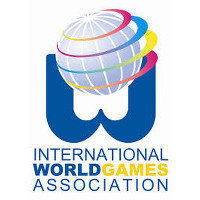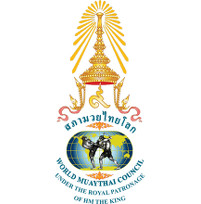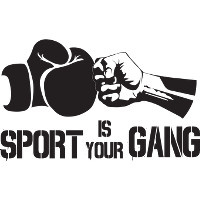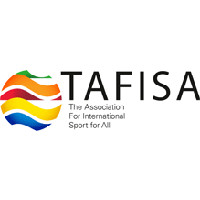UKMTF & Industry Information
About UKMF
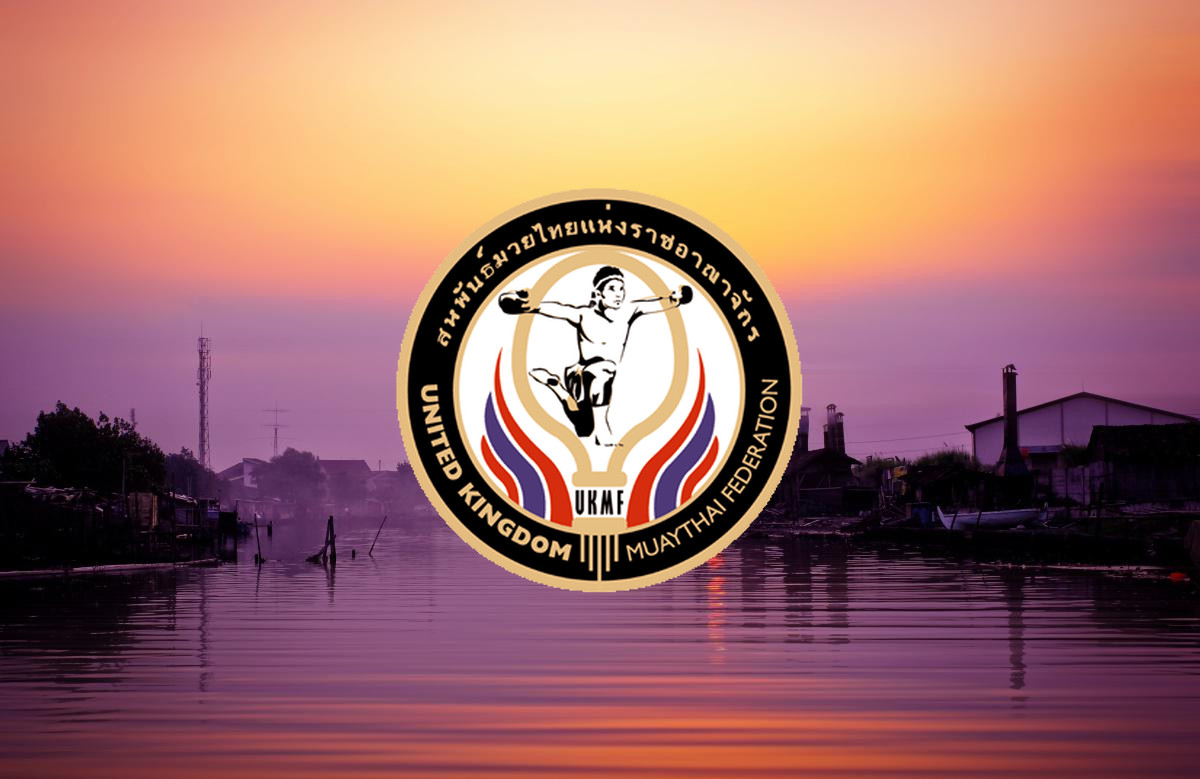
The UKMF is responsible for the expansion of Muaythai throughout the United Kingdom (through supporting youth interest and athletes to learn the skills, assisting in the pursuit of excellence in the game, etc.). The UKMF’s primary objective is maintaining and promoting excellence in the Muaythai art – as a form of cultural art, self-defence and popular ring sport.
If you are interested in your club or gym becoming a member of the UKMF, please join using our app or via our website.
The UKMF website is evolving day by day with many developments in the pipeline, we have recently introduced an events calendar and a directory for contacting UKMF members. We hope you enjoy your visit.
The UKMF is part of a World wide body who strive to unite and regulate Muaythai associations around the globe. Below are links through to the World Muaythai Council, the International Federation of Muaythai Amateur and the European Muaythai Federation.
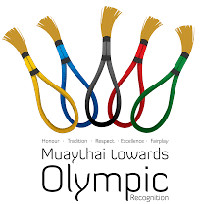
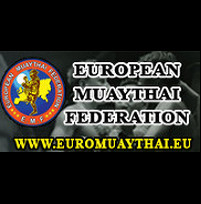
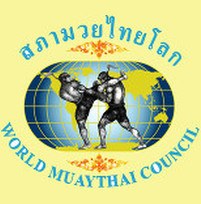
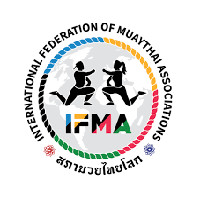
Muaythai towards Olympic Recognition
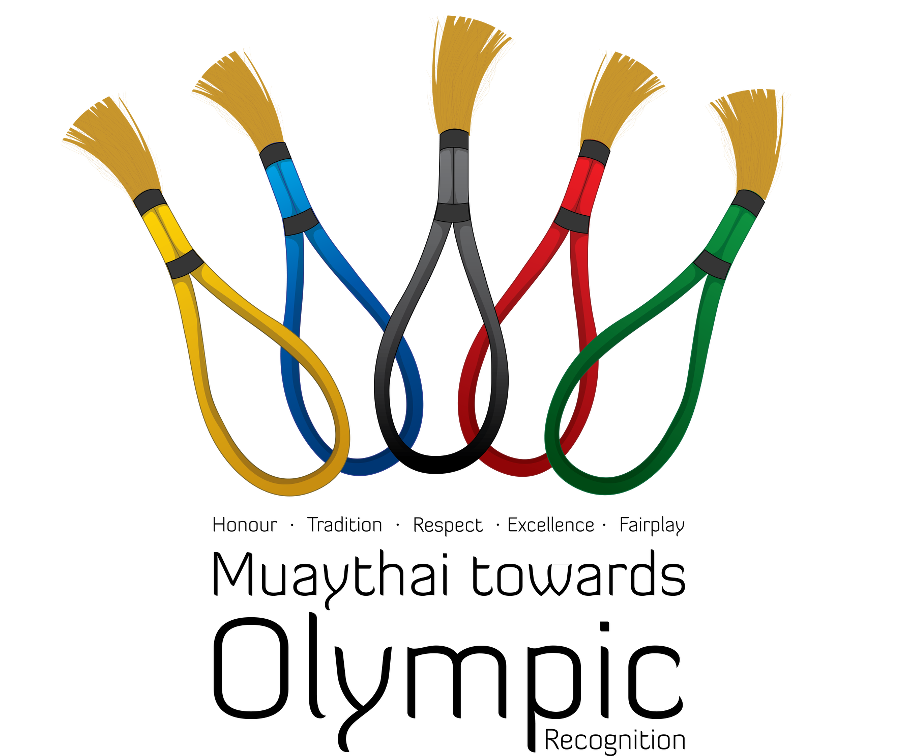
On December 6th 2016 Muaythai through IFMA and the WMC gained provisional IOC recognition. Since this, they have now been granted full recognition from the IOC and are now pushing forward with planning for the 2020 Olympic Games in Tokyo.
Muaythai Techniques
In its original form, Muaythai consisted of an arsenal of nine weapons – the head, fists, elbows, knees and feet – known collectively as na-wa arwud. However in modern Muaythai, both amateur and professional, headbutting an opponent is no longer allowed. To strike and bind the opponent for both offensive and defensive purposes, small amounts of stand-up grappling are used: the clinch. Formal Muaythai techniques are divided into two groups: Mae Mai or major techniques and Luk Mai or minor techniques. Muaythai is often a fighting art of attrition, where opponents exchange blows with one another. This is certainly the case with traditional stylists in Thailand, but is a less popular form of fighting in the contemporary world fighting circuit. With the success of Muaythai in mixed martial arts fighting, it has become the de facto martial art of choice for competitive stand-up fighters. As a result, it has evolved and incorporated much more powerful hand striking techniques used in western style boxing and the Thai style of exchanging blow for blow is no longer favorable. Note: when Muaythai fighters compete against fighters of other styles (and if the rules permit it), they almost invariably emphasize elbow (sok) and knee (kao) techniques to gain a distinct advantage in fighting. Almost all techniques in Muaythai use the entire body movement, rotating the hip with each kick, punch, and block. The rotation of the hips in Muaythai techniques, and intensive focus on “core muscles” (such as abdominal muscles and surrounding muscles) is very distinctive and is what sets Muaythai apart from other styles of martial arts.
Removal of the Head Circlet (Pitee Tod Mongkon)
After the Wai Khru is completed, the fighters return to their own corners for the Removal of the Head Circlet Ritual (Pitee Tod Mongkon). The fighter stands in his own corner, lowers his head and raises hands to his chest for panom mue wai pose, while khru muay standing outside of the ropes facing the fighter, raises his own hands to return the wai. A fighter maintains the posture while the teacher utters an incantation and blows three times on top of fighters’ head before removing the Mongkon. On the completion of this ritual and after a review of the rules by the judge and a glove shake, the contest may begin.
Ritual Dance of Homage (Wai Khru Ram Muay)
Wai Khru Muaythai is a tradition which goes back to ancient times, it is not an optional ritual or reserved for special occasions: the official Muaythai regulations[1] specify that both fighters must perform the Wai Khru Ram Muay before each and every bout. It’s a tradition in which fighters pay respect to their teachers, parents and things they hold sacred and pray for their safety and victory. The ritual has been developed in different ways, in different regions, even under different teachers and therefore it is theoretically impossible for two fighters to perform identical Wai Khru.
- The Wai Khru is graceful and aesthetic ritual, both practical and spiritual. In a practical sense, it functions as a final pre-fight warm-up and gives the fighter some time alone before the fight to collect his thoughts. It can be divided into three main sections:
- The Royal Homage Sequence
- This was originally intended to show devotion to the King, going back to the days when fighters were selected to display their skills in front of him. It has three subsections: Prostration, Outstretched Arms and Act of Homage.
- The Kneeling Sequence
- This section is performed in a kneeling posture, one knee on the ground and the other leg out in front. the fighter pivots around on the spot to repeat the same sequence facing all four sides of the ring, a tradition which comes from Krabi Krabong.
- The Standing Sequence
In this section, the fighters go out from the center of the ring in one direction, to perform the Dramatic Interlude. Some fighters imitate the motions of “Rama Shooting an Arrow” from the Ramakien, a hunter, a soldier, or an executioner. Some fighters use this ritual to attempt to scare their opponents, commonly by stomping around them. But in a deeper sense, the fighter is expressing religious devotion, humility, and gratitude. Transcending both physical and temporal limitations, he opens himself to the divine presence and allows it to infuse his heart.
Approaching the Ring Rites (Kuen Suu Weitee)
In ancient times, Siamese people believed in the power of incantations and protective amulets, the common belief was that everything was ruled and inhabited by unseen spirits, and that places were either blessed or cursed. Because of these beliefs, it was necessary to perform special rites before a fighter entered the ring, asking the spirits’ permission to do so. Even today, before entering the ring many fighters perform rituals. It is very much a matter of individual preference these days, with no prescribed rules. Some may kneel before the ring, others might pray with their khru muay or perform a series of repetitive movements, such as touching the ring ropes 3 times and avoiding the bottom stair before taking the first step up to the ring. Fighters always leap over the ropes into the ring, because the head is considered to be more important than the feet and therefore it has to stay always above the feet while entering the ring, then they will go to the center and pay respect (panom muae wai) in all four directions to the spectators.
Tradition of Wai Khru
One of the most important traditions of Muaythai is Wai Khru (Paying Respect to Teachers). In order to become a fully-fledged Muaythai fighter, a person has to pass through a series of ceremonies. First comes the Initiation as a Trainee Fighter Ceremony (Kuen Khru), in which the khru muay accepts young fighters as his students and pledges to teach them to the best of his ability. After fighters have been accepted, they must demonstrate a good conduct, diligence and endurance, in addition to training as hard as they can, following implicitly all the teacher’s rules.
During their apprenticeship, young fighters will experience the second type of Wai Khru ritual, the Annual Homage-Paying Ceremony (Wai Khru Prajam Pee). This annual ceremony is usually held on Muaythai Day (March 17) for young fighters to pay respect to their teachers and souls of teachers long passed away. The ceremony then progresses to the students honoring all the teachers present, who will mark sacred symbols on the fighters’ forehead in order to bestow prosperity and success upon them – a custom known as jerm. The ceremony culminates with the third form of Wai Khru, the Ritual Dance of Homage (Wai Khru Ram Muay) performed by the fighters as a mark of respect.
It is only when fighters have passed all these three milestones (initiation, training and participation in contests) that they are entitled to call themselves as real Muay Thai fighters. When fighters have satisfied their teachers on all these counts, then they can participate in the fourth Wai Khru ritual, the Initiation as a Teacher Ceremony (Khrob Khru), which bestows on them the rank of khru muay and again involves a performance of the Ritual Dance of Homage.
About Muaythai
Muaythai (Thai: มวยไทย, RTGS: Muai Thai, IPA: [muɛj tʰɑj], lit. Thai Boxing) is a form of hard martial art practiced in large parts of the world, including Thailand and other Southeast Asian countries. The art is similar to others in Southeast Asia such as: pradal serey in Cambodia, lethwei in Myanmar, tomoi in Malaysia, and Lao boxing in Laos. Muaythai has a long history in Thailand and is the country’s national sport. Traditional Muaythai practiced today varies significantly from the ancient art muay boran and uses kicks and punches in a ring with gloves similar to those used in Western boxing.
Muaythai is referred to as “The Art of the Eight Limbs”, as the hands, shins, elbows, and knees are all used extensively in this art. A practitioner of Muaythai (“nak muay”) thus has the ability to execute strikes using eight “points of contact,” as opposed to “two points” (fists) in Western boxing and “four points” (fists, feet) used in the primarily sport-oriented forms of martial arts.
Various forms of kickboxing have long been practiced throughout Southeast Asia. As with the most countries in the region, Thai culture is highly influenced by ancient civilizations within Southeast Asia. Muaythai’s origin in Thailand can be traced back to its ancestor Muay Boran (“ancient boxing”), an unarmed combat used by Siamese soldiers in conjunction with Krabi Krabong, the weapon-based style. Eventually Muay Boran was divided to:
- Muay Korat (Northeast) emphasized strength. A technique like “Throwing Buffalo Punch” was used. It could supposedly defeat a buffalo in one blow.
- Muay Lopburi (Center region) emphasized movements. Its strong points were straight and counter punches.
- Muay Chaiya (South) emphasized posture and defense, as well as elbows and knees.
- Muay Pra Nakorn (North) emphasized speed, particularly in kicking. Because of its faster speed, it was called as well “Ling Lom” (windy monkey or Loris).
There is a phrase about Muay Boran that states, “Punch Korat, Wit Lopburi, Posture Chaiya, Faster Thasao. (หมัดหนักโคราช ฉลาดลพบุรี ท่าดีไชยา ไวกว่าท่าเสา)”.
As well as continuing to function as a practical fighting technique for use in actual warfare, Muaythai became a sport in which the opponents fought in front of spectators who went to watch for entertainment. This kind of muay contests gradually became an integral part of local festivals and celebrations, especially those held at temples. It was even used as entertainment to kings.
Eventually, the previously bare-fisted fighters started wearing lengths of rope wrapped around their hands and forearms. This type of match was called muay kaad chuek (มวยคาดเชือก).
User Login
UKMTF Useful Links
UKMTF Trials
For information on UKMTF trials, where, when and how to register, see link below.
Join UKMTF
You can join as an individual or as a gym, review the options open to you here.
DBS Number
All gym members will be required to provide an up to date DBS (formally CRB number) when applying for membership. If you do not have a current DBS or Scottish Disclosure you can arrange these via ourselves.

